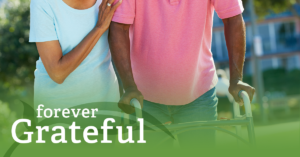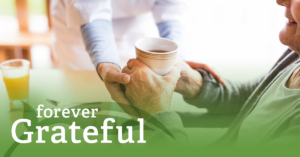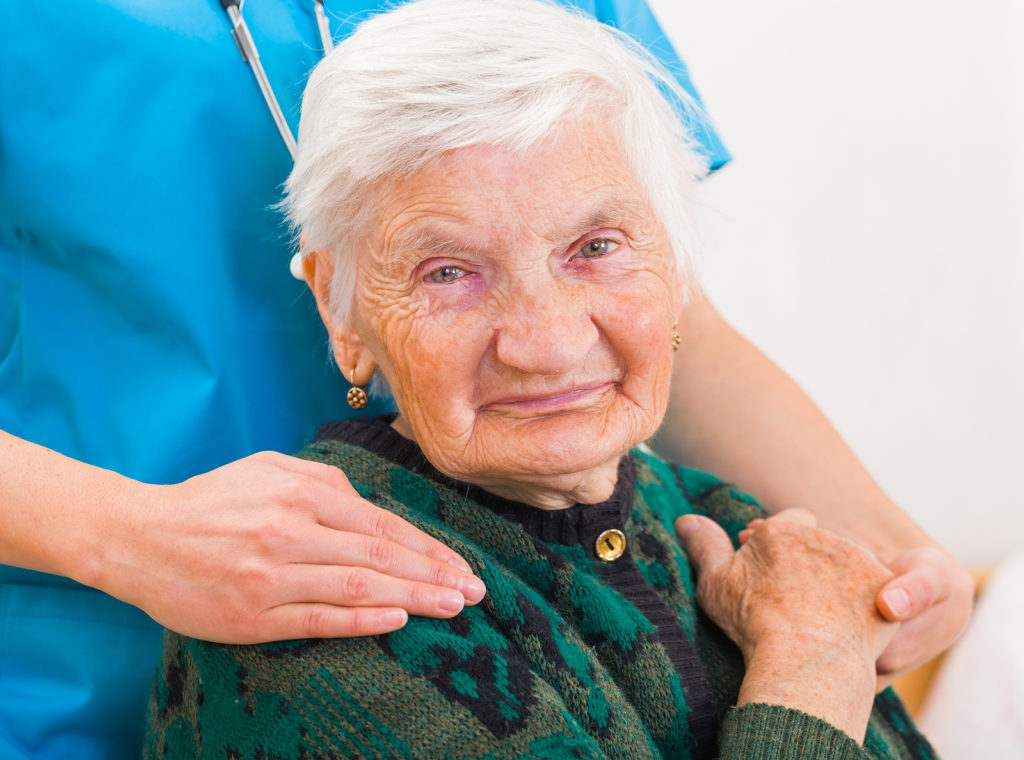By Sharon Wagner, SeniorFriendly.info

Medicare is a blessing to many seniors, but navigating all of your options and deciding on a plan can be extremely overwhelming. How are you supposed to know which plan you need, which insurance companies to trust, and how to enroll? There are many things to consider when choosing your plan and nearly endless options when you look beyond the basic federal program. Hopefully, this guide can clear up a few things and point you in the right direction.
Finding Plans in Your Area
To start, it’s important to know what kinds of Medicare plans are available in your area. The government website Medicare.gov provides a handy search tool for finding Medicare Part C and Part D plans. This can help you narrow down your choices based on certain criteria, such as whether you need drug coverage and which pharmacies you would like included in your plan. Take a look at this useful step-by-step guide for help using the search tool.
Learning About Basic Medicare
Original Medicare, also called Medicare Part A and B, is the most basic coverage provided by the government for seniors 65 and older. Original Medicare covers things like hospital stays and outpatient doctor’s services. Most people will not have to pay anything for Part A, but everyone must pay a monthly premium for Part B. It’s also important to understand that Original Medicare will not pay for 100 percent of the services it covers; you will still have out-of-pocket costs from deductibles and copayments. This is why many people supplement their Medicare plans.
Understanding Medicare Advantage
Medicare Advantage plans are offered by private insurance companies and are similar to health insurance plans you may have signed up for in the past. In addition to everything covered by Medicare Parts A and B, Medicare Advantage plans offer additional coverage for things like hearing, vision, and dental. These plans may also include daily living assistance and lifestyle support, such as transportation or meal delivery services. US News explains the pros and cons of Medicare Advantage based on different criteria you may have.
You’ll notice that many Medicare Advantage plans have no premiums. These can be a good option for people who are healthy and looking to save money while still being protected from large medical expenses. These zero-premium plans typically have high deductibles, meaning you’ll have to pay more for your services before your plan will cover the rest. Choosing a plan with a higher premium may be a better option if you have a chronic condition or some other reason to require regular medical care.
Medicare Part D for Drug Coverage
Medicare Part D, which is also offered by private insurance companies, covers prescription drugs. You can add Part D to your Original Medicare plan. However, the majority of Medicare Advantage plans include Part D. According to Investopedia, the costs associated with Medicare Part D are fairly similar to the premiums, deductibles, and copayments of any standard medical insurance plan. Before picking a plan, it’s important to consider the particular drugs you need to be covered since certain plans cover different drugs. Using the Medicare.gov search tool mentioned above can help you find Part D plans that will cover your prescriptions.
Considering Medigap
Finally, Medigap is yet another option for supplementary coverage offered by private insurance companies. Medigap specifically covers the gaps in Original Medicare. This can be beneficial for people who anticipate future chronic conditions and are worried about expensive healthcare needs. There are several Medigap plans to choose from, so think carefully about the kind of coverage you need most. Some plans have coverage for travel emergencies, whereas others are better for covering the deductibles and copayments from your Original Medicare plan.
Getting the most out of Medicare means taking the time to learn about your plans and coverage options. Continue to do your research and check out some of the resources mentioned here. Although it will take some serious planning to evaluate your choices, consider your criteria, and anticipate your future care needs, this will help you secure your health for the future.
[wp_blog_designer]











 Equal Housing Opportunity
Equal Housing Opportunity